
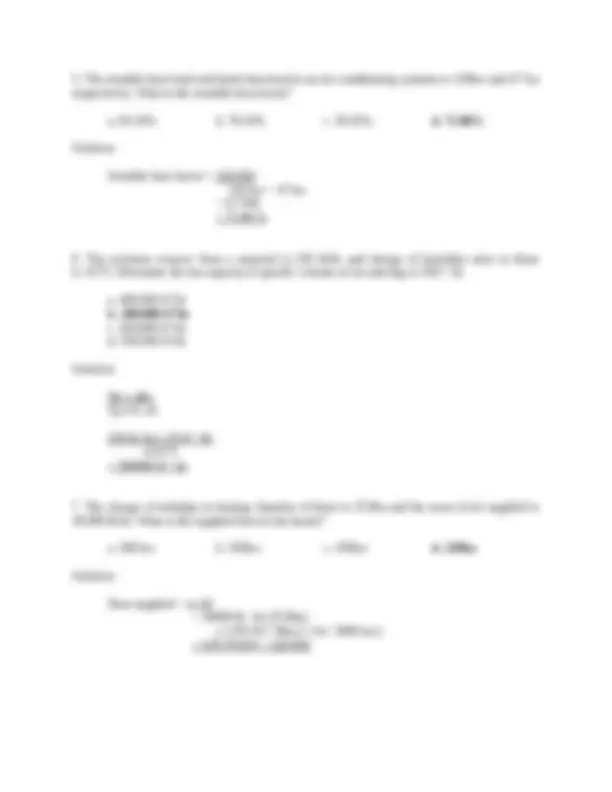
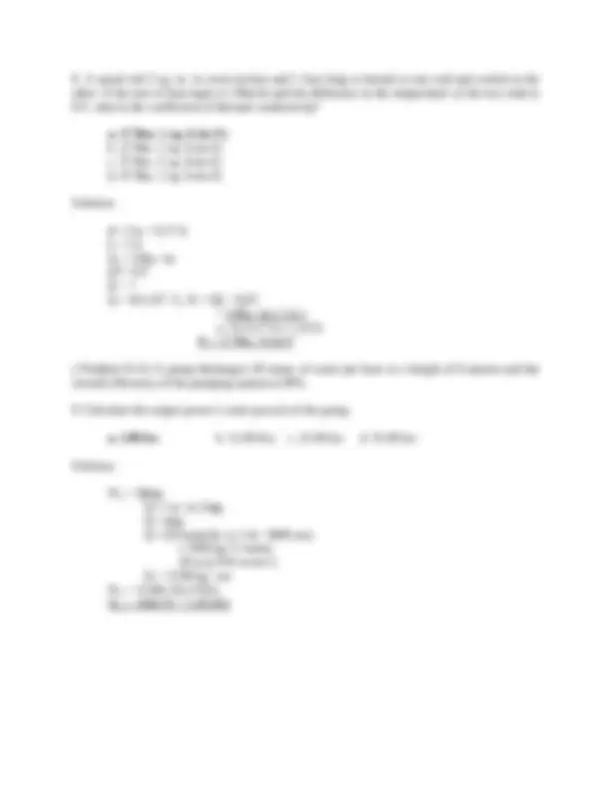
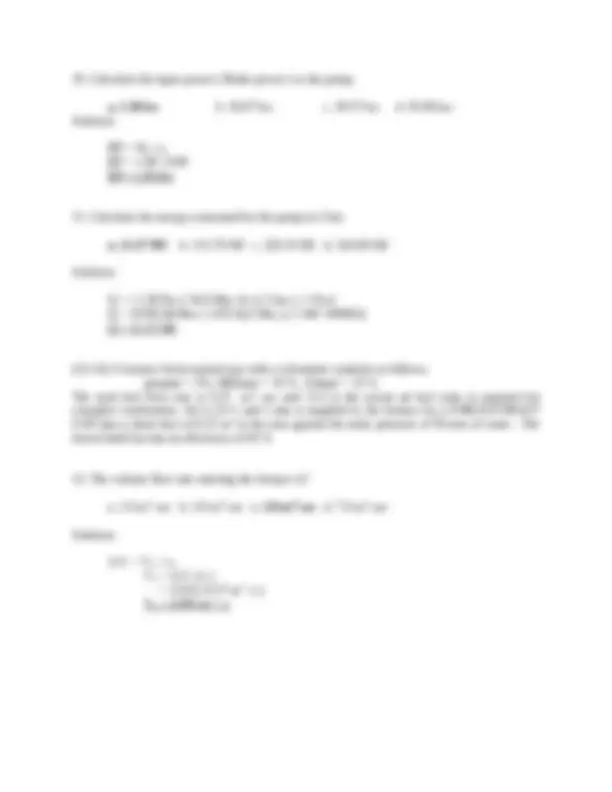
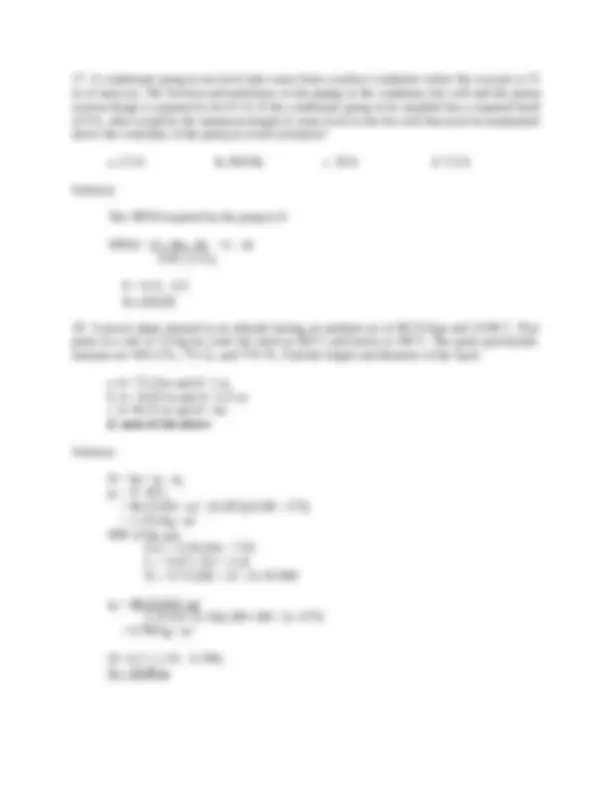
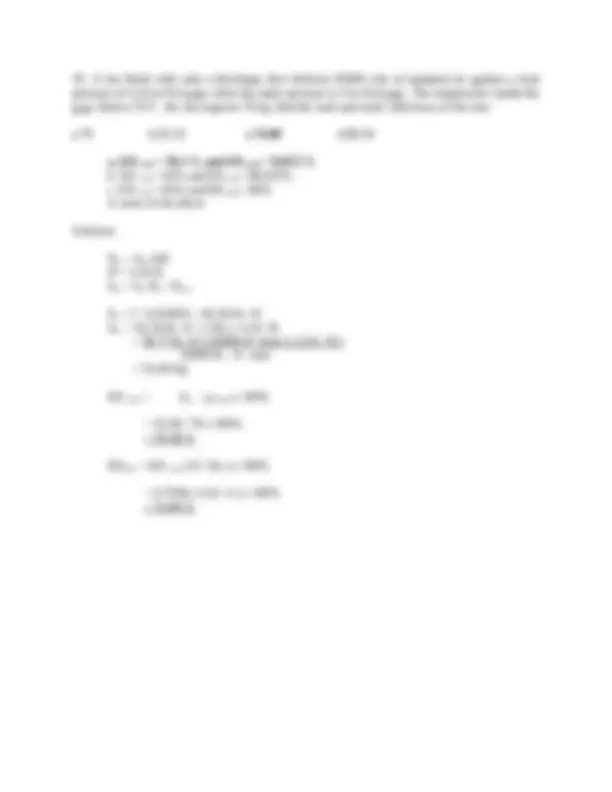
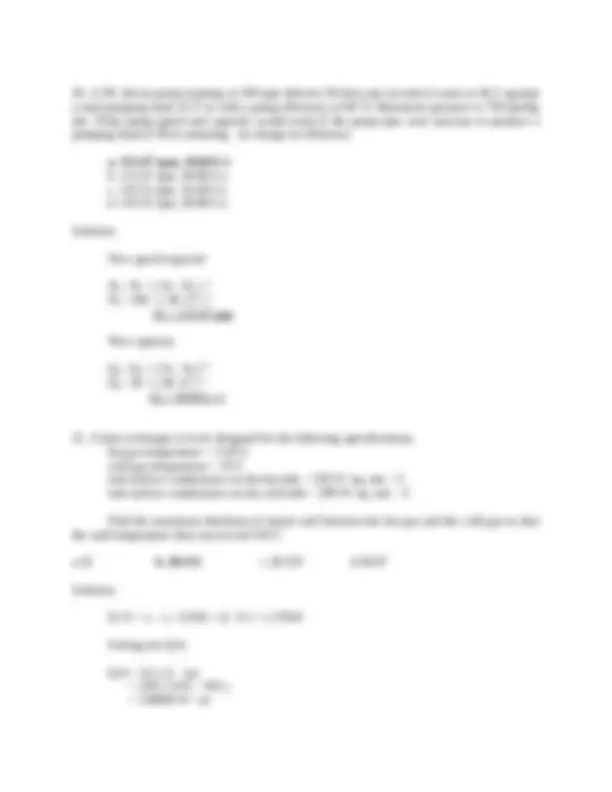
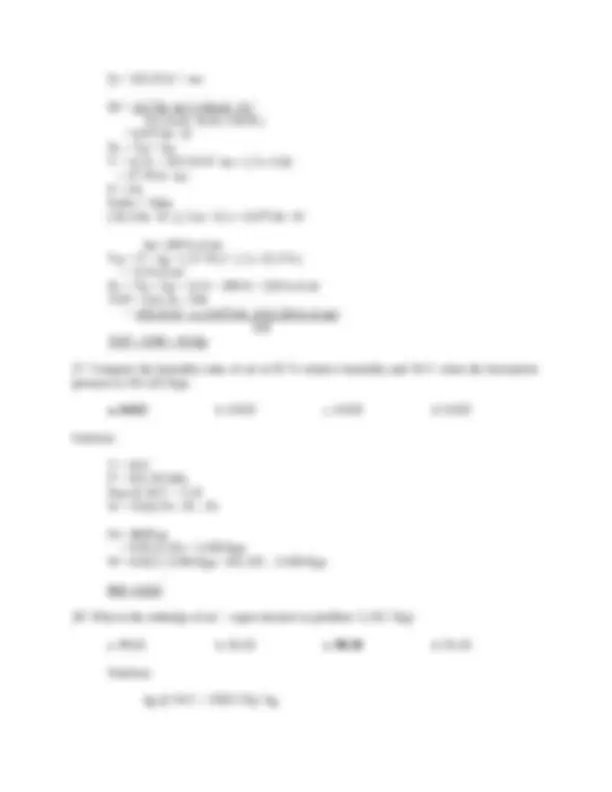
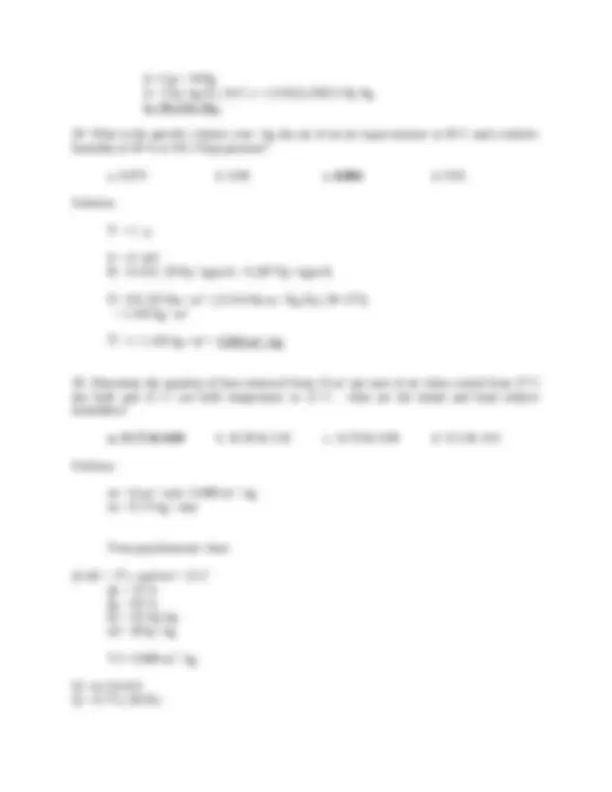
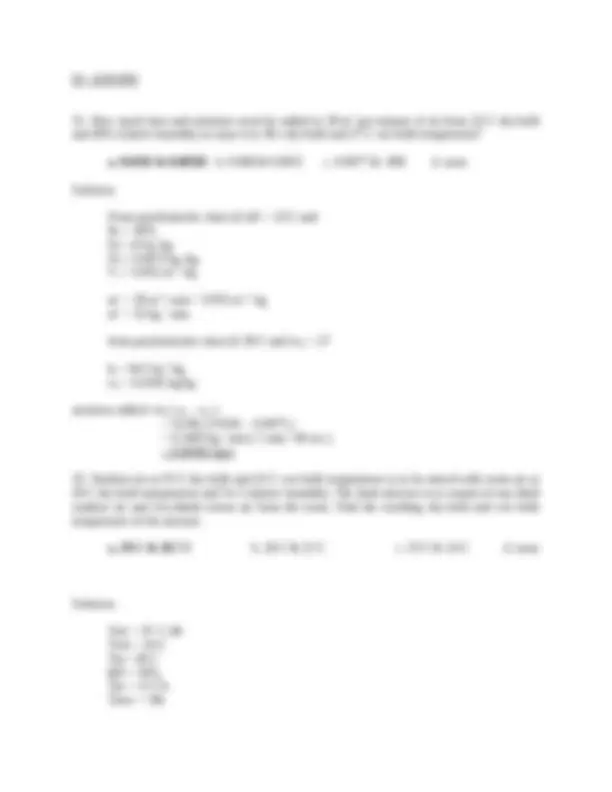
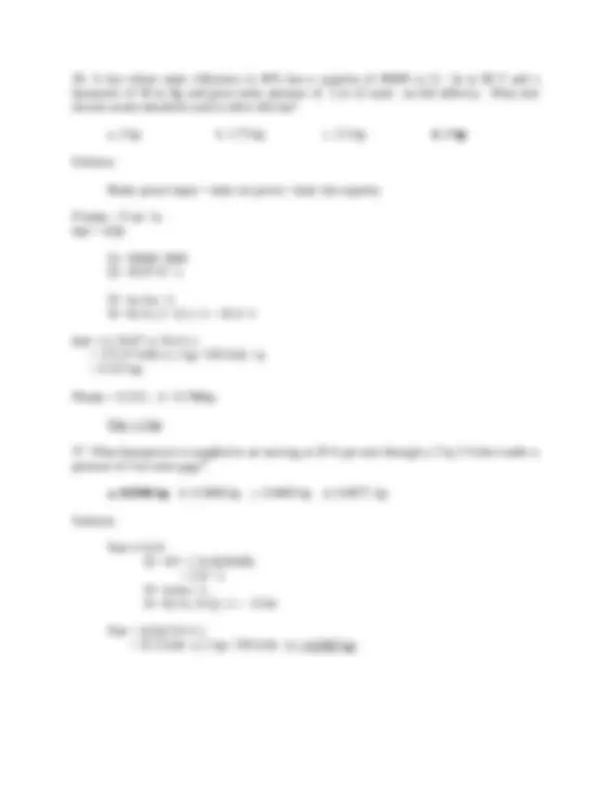
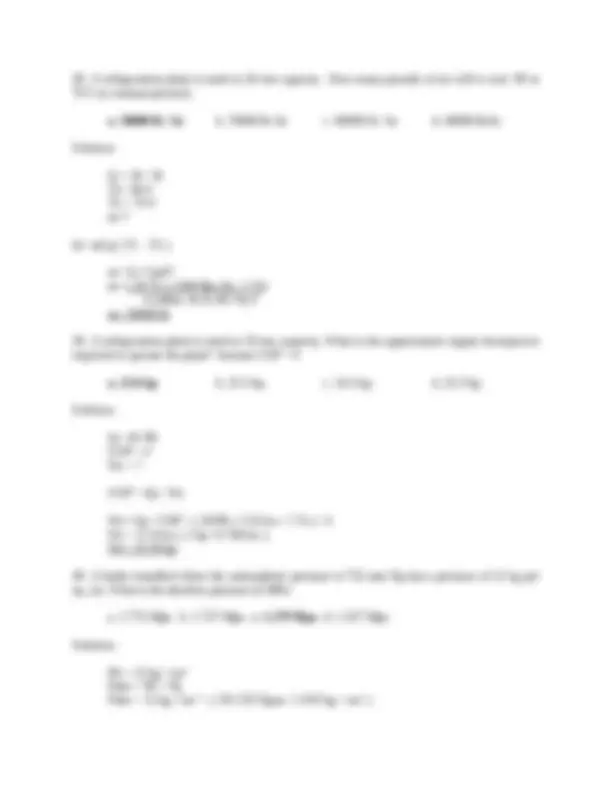
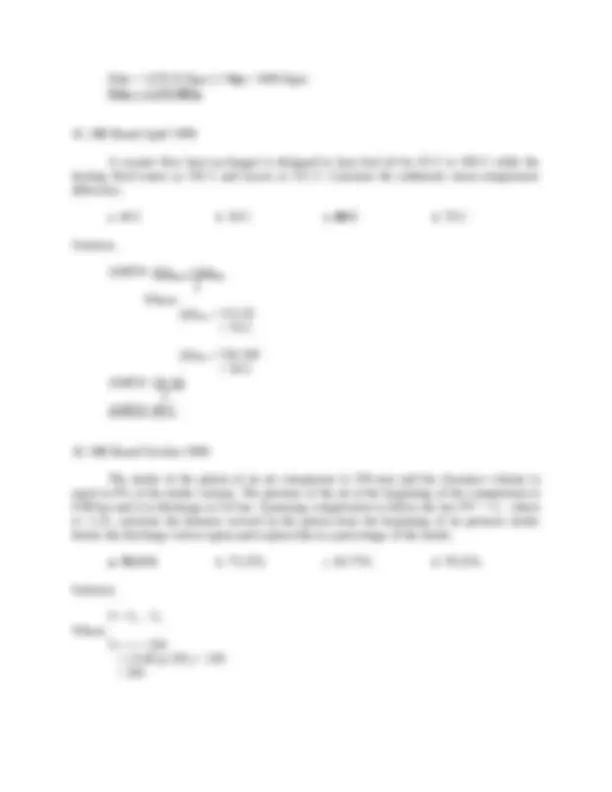
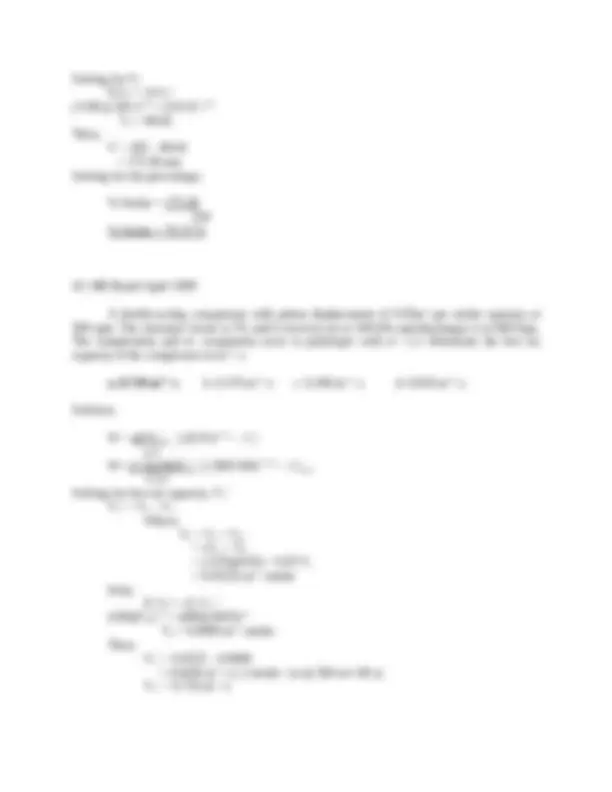
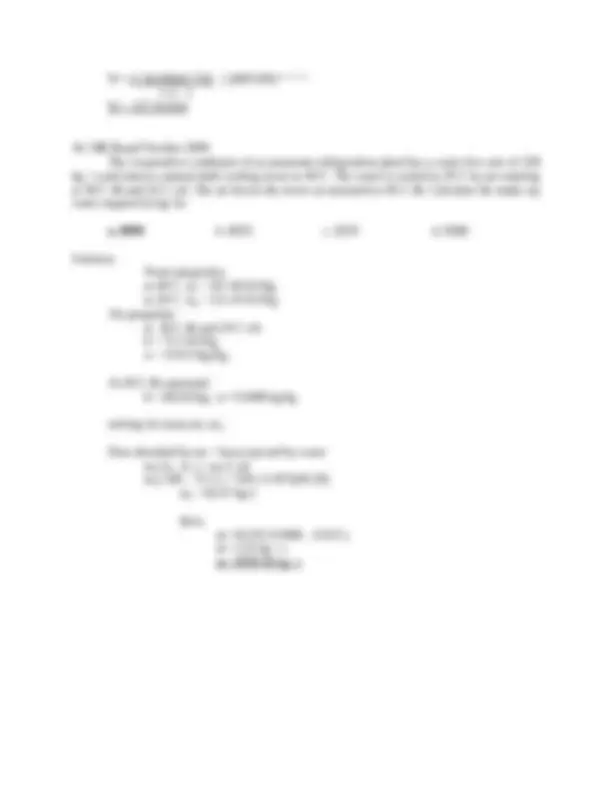
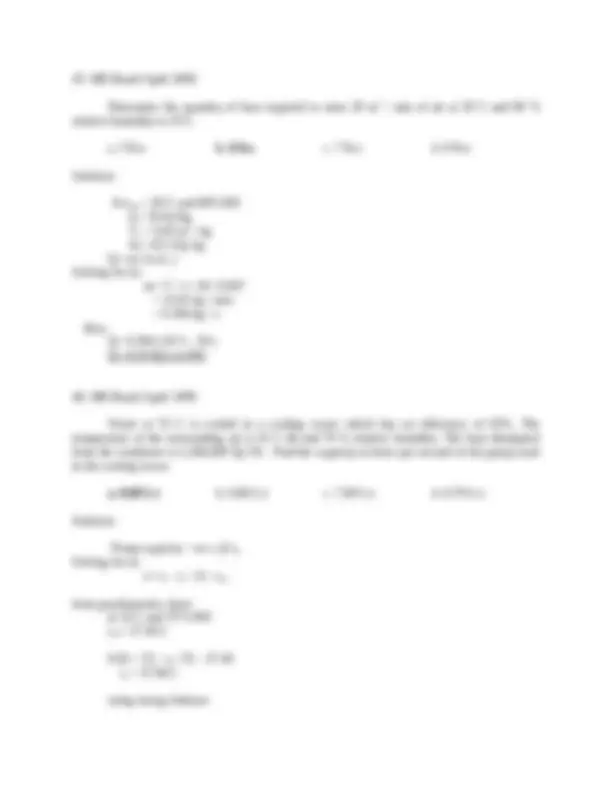
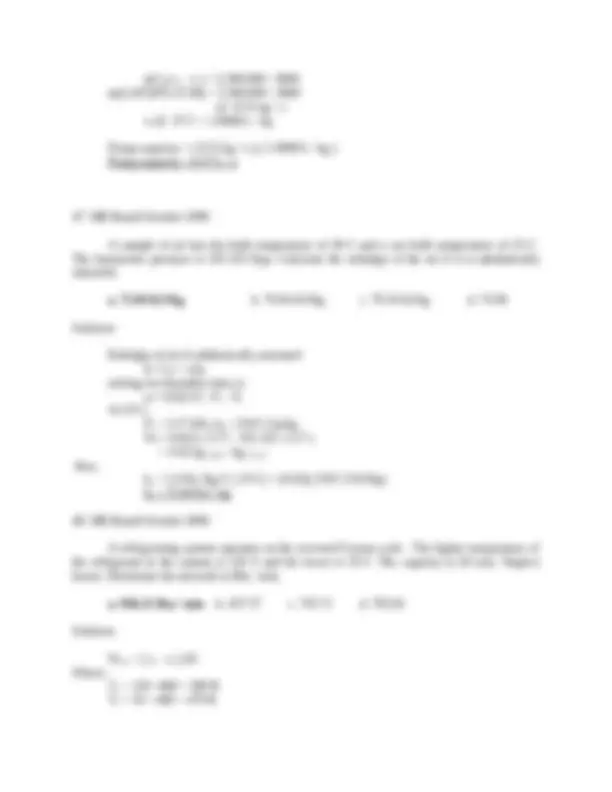
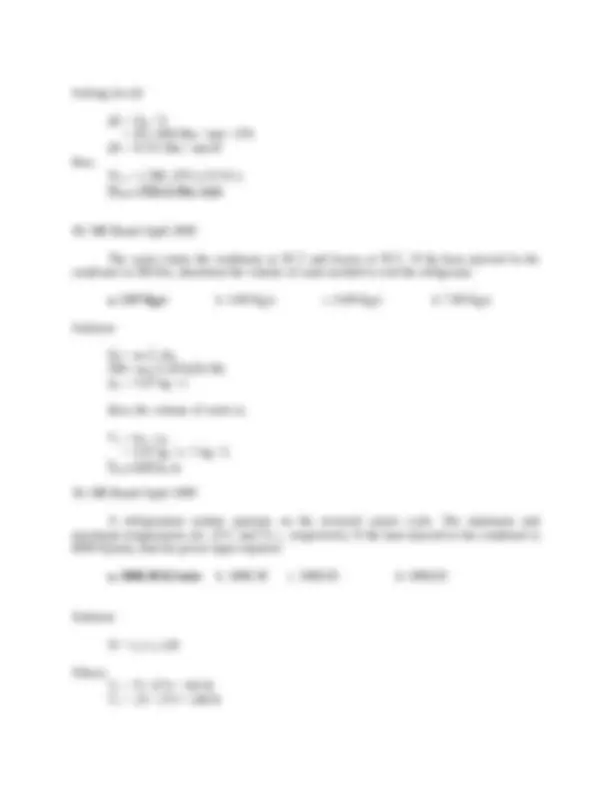
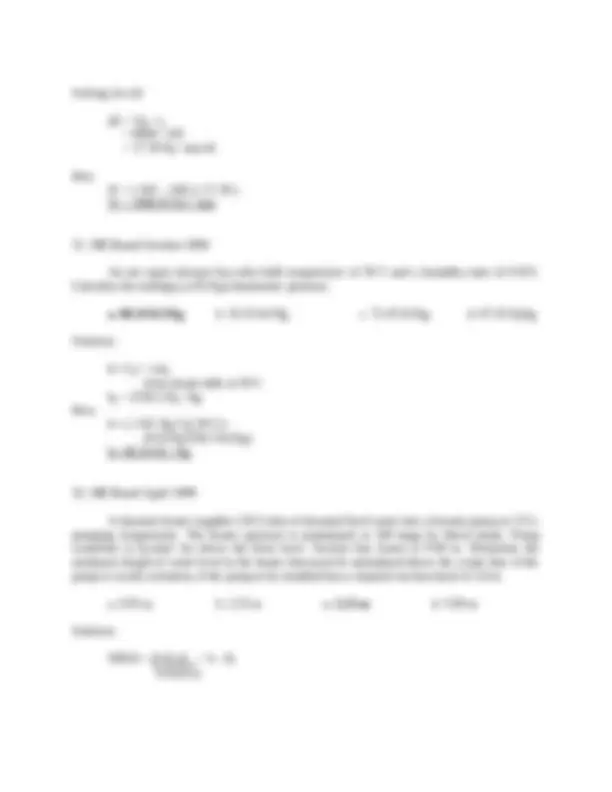
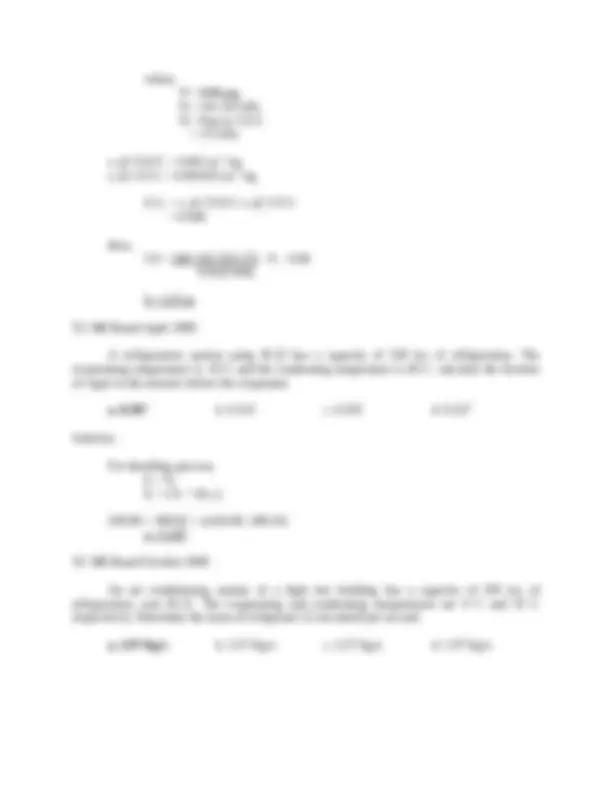
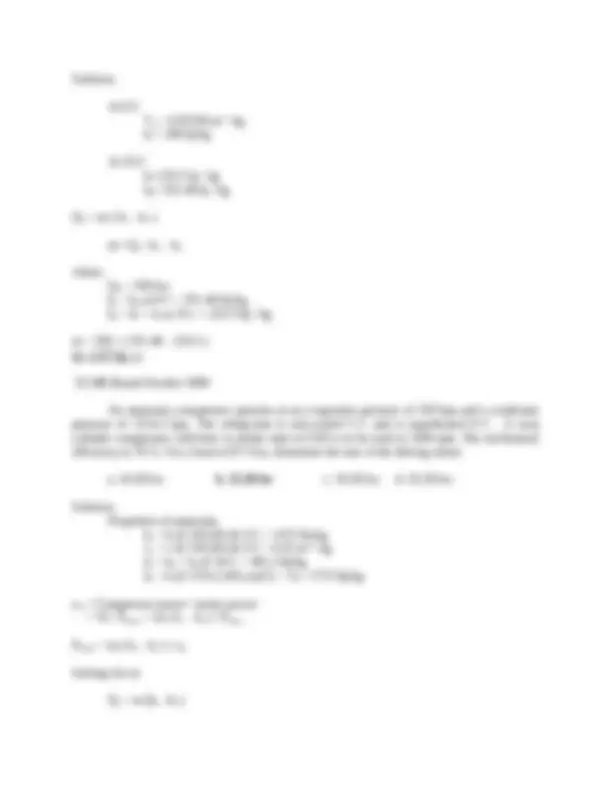
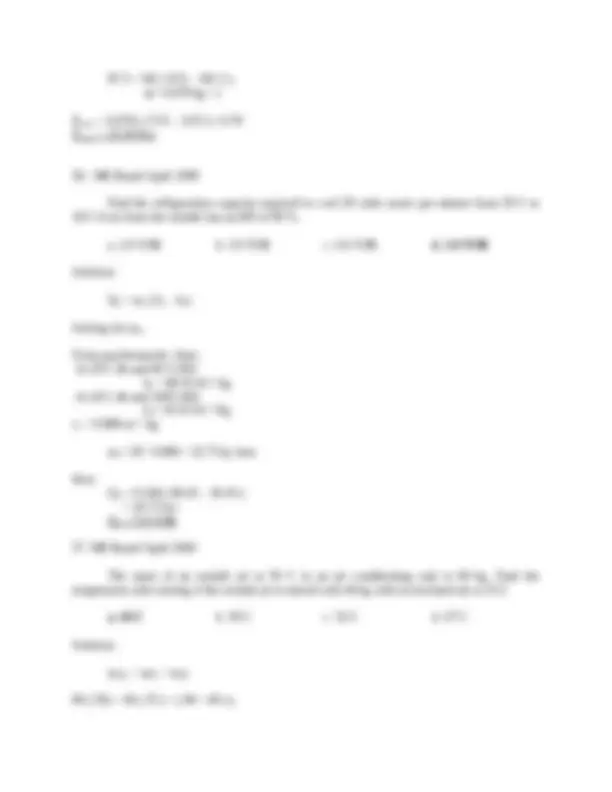
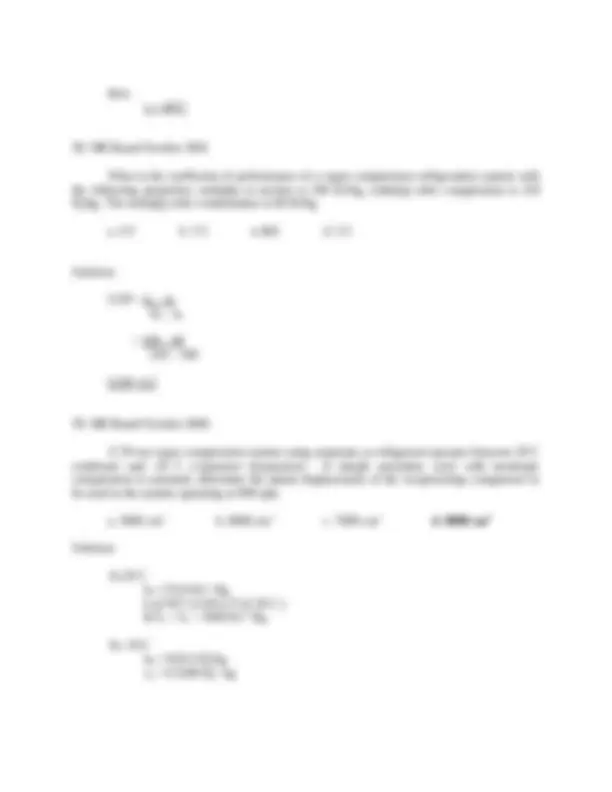
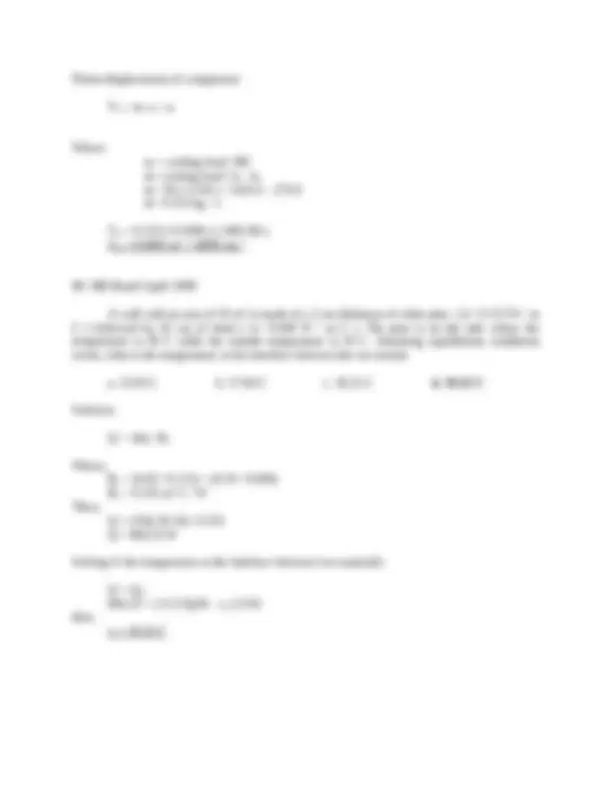
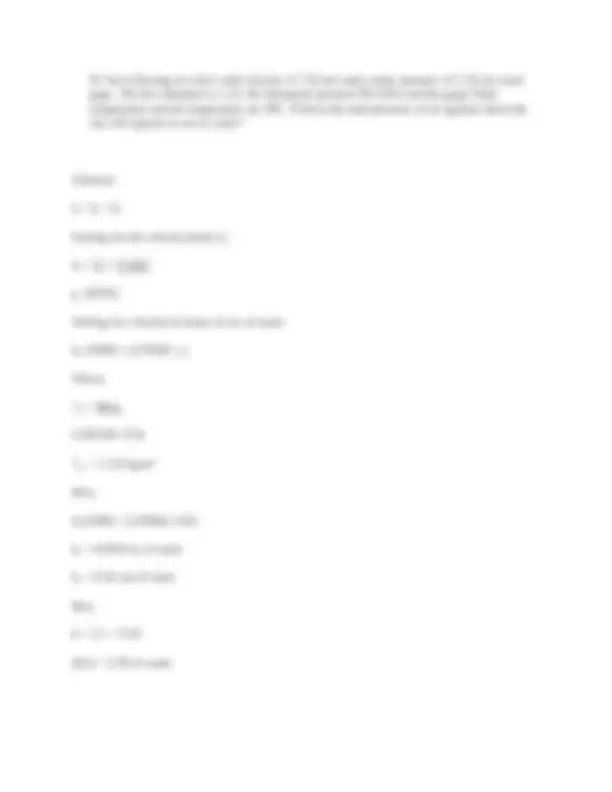
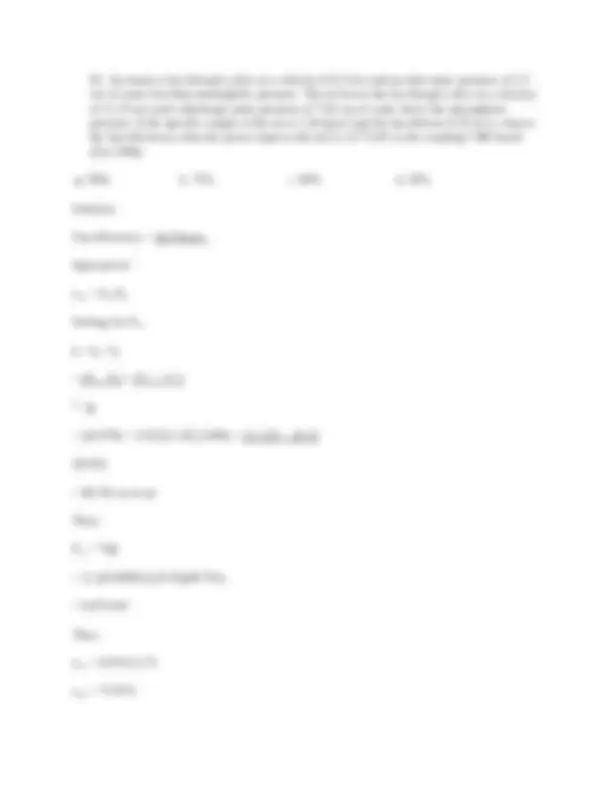
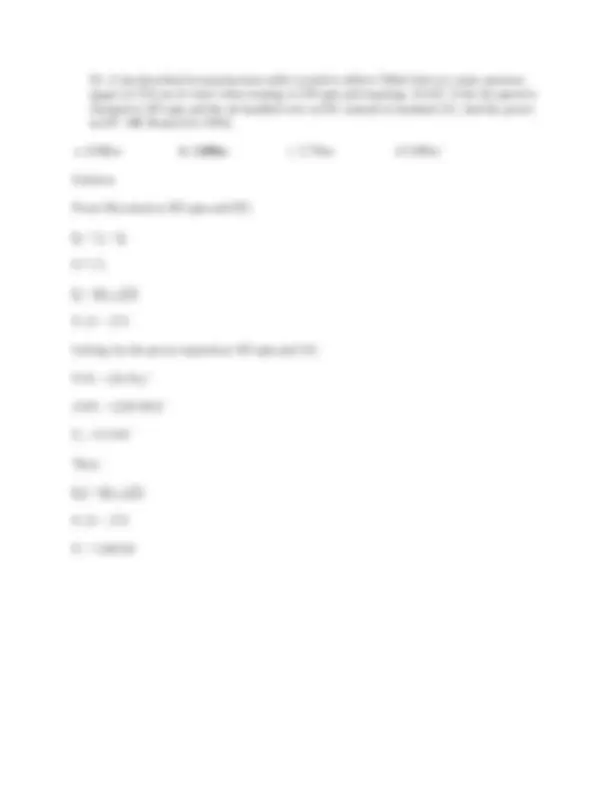
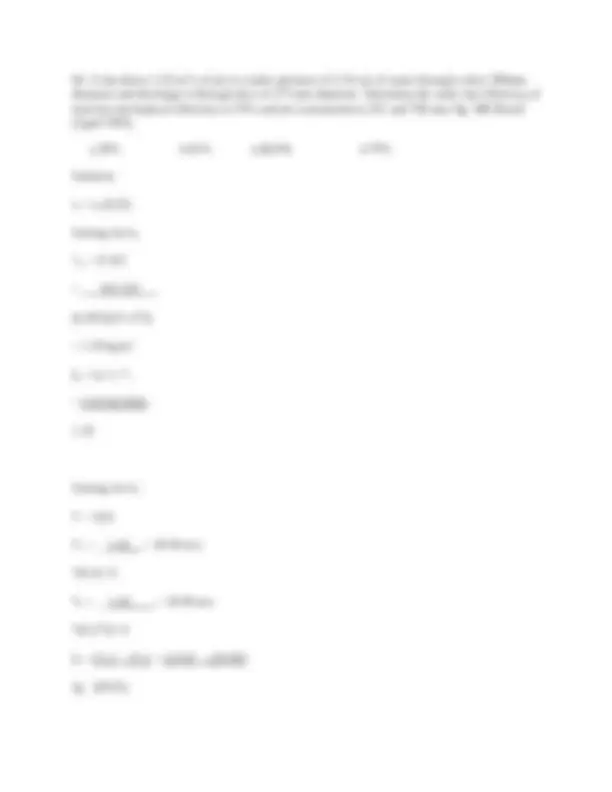
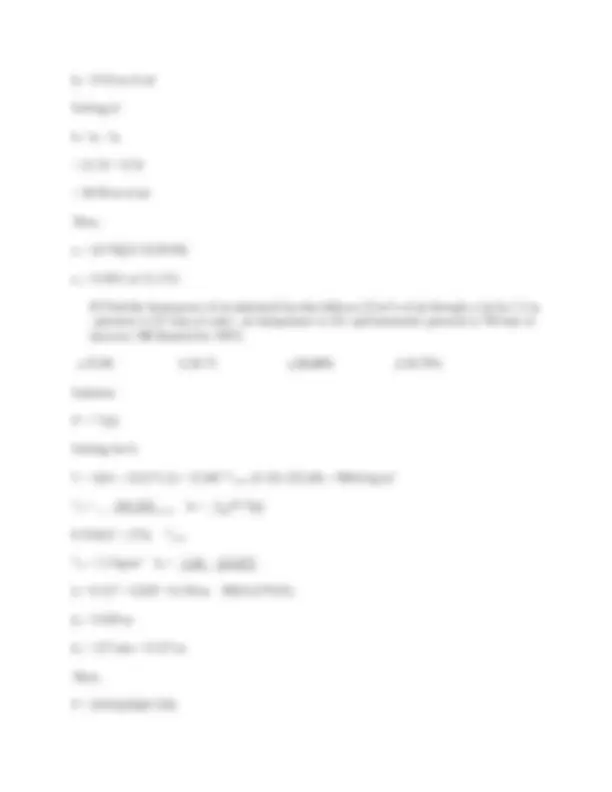
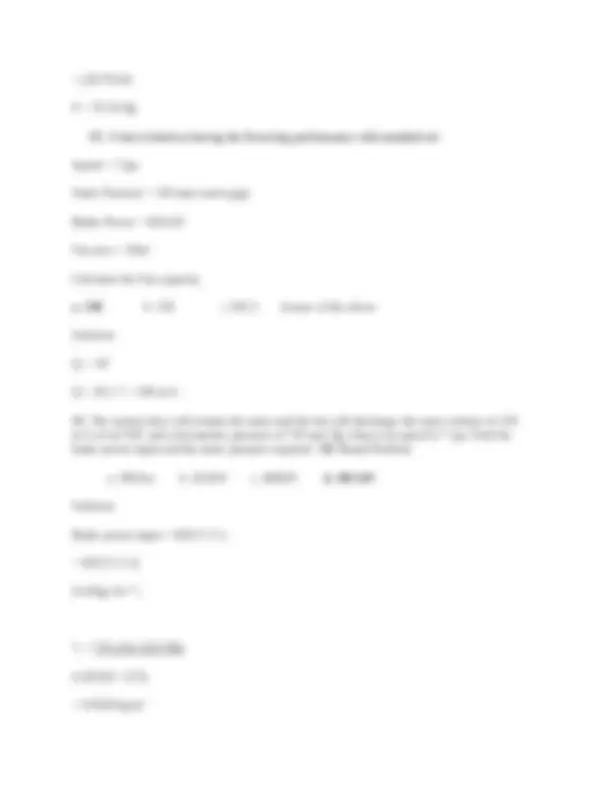
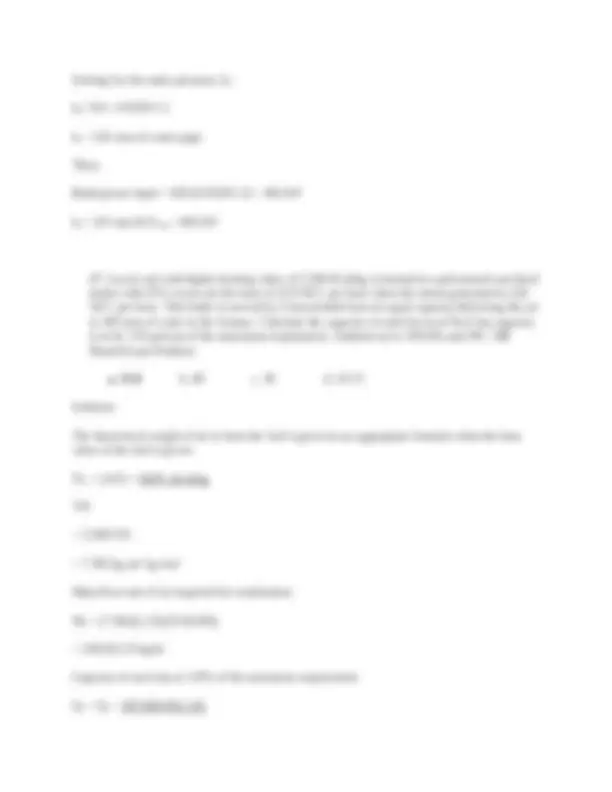
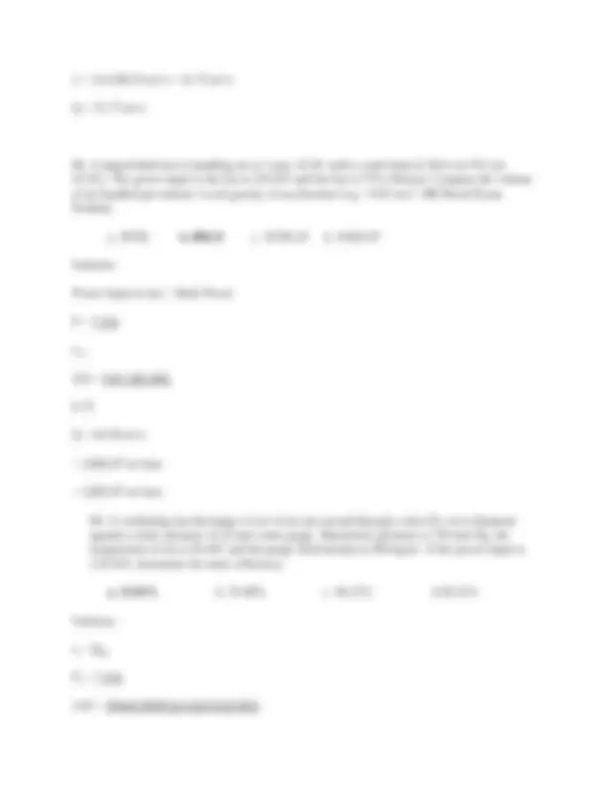
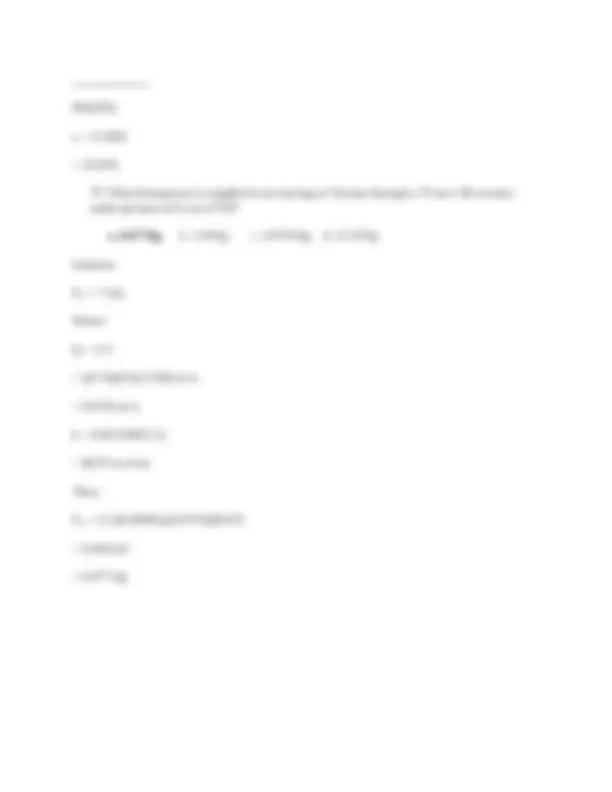
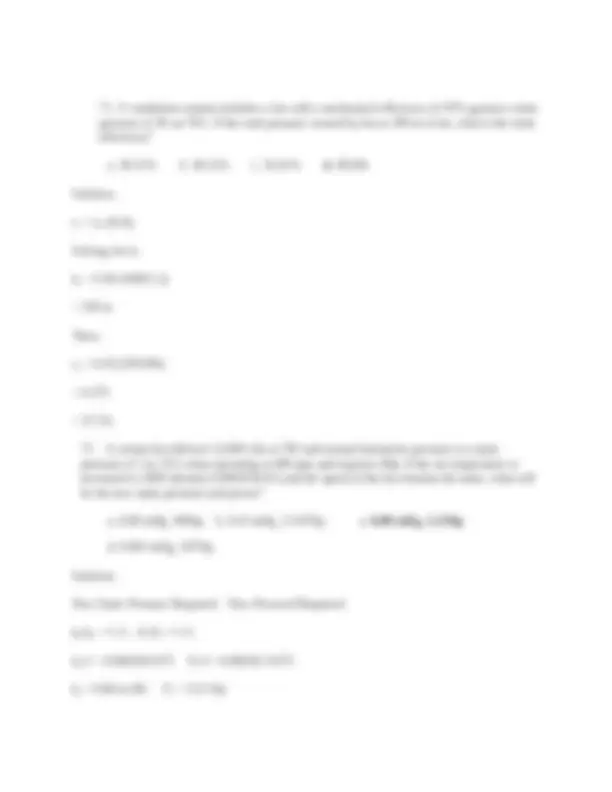
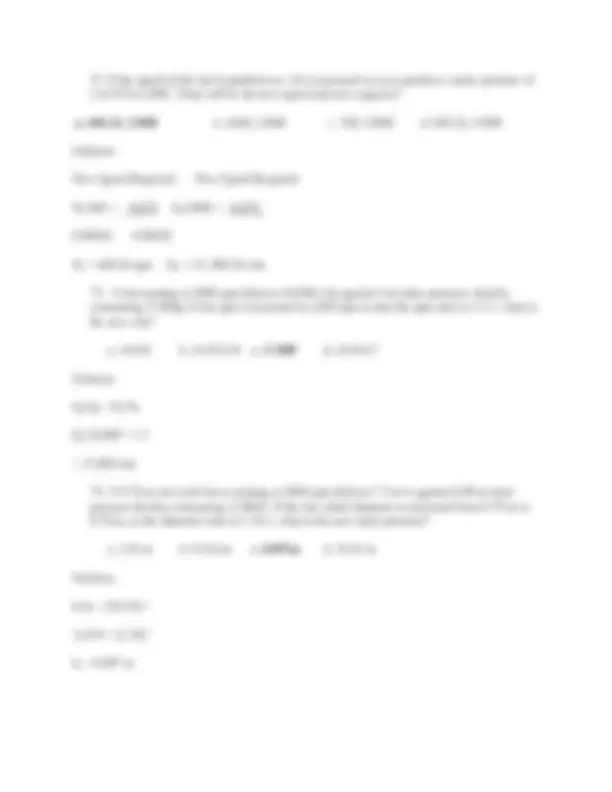
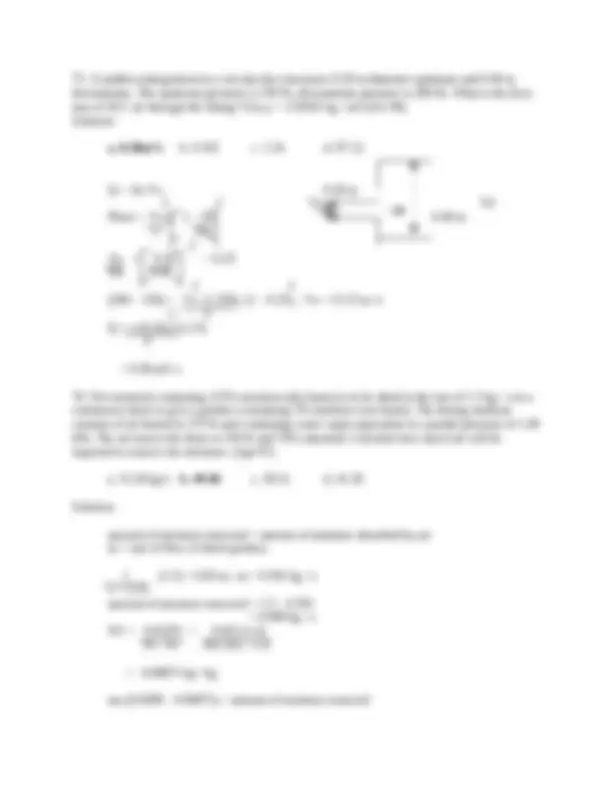
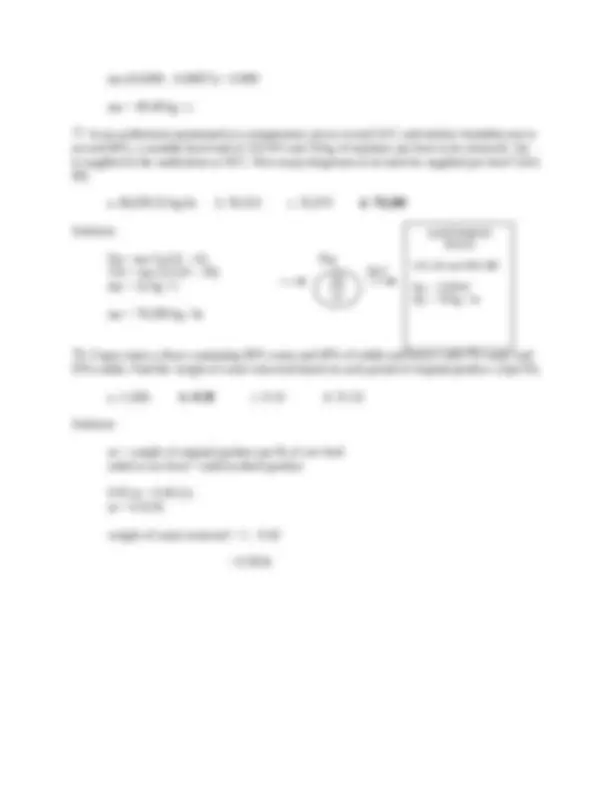
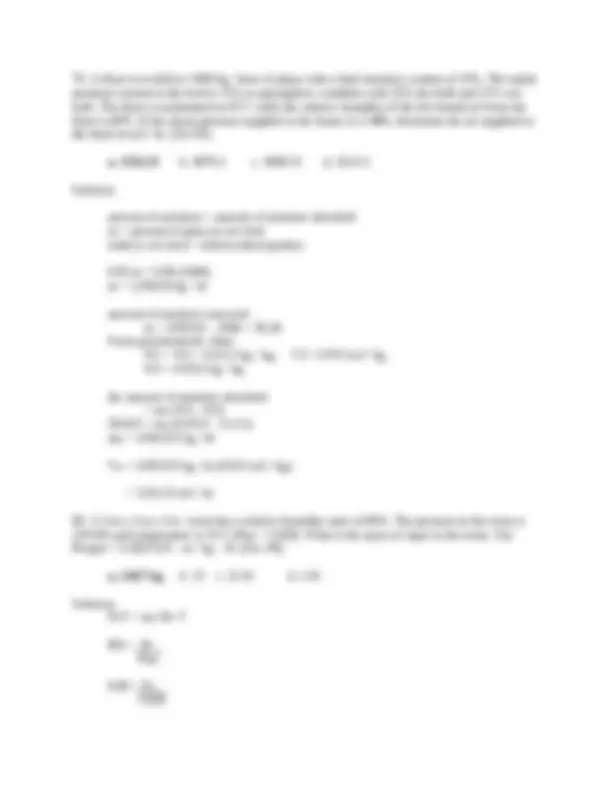
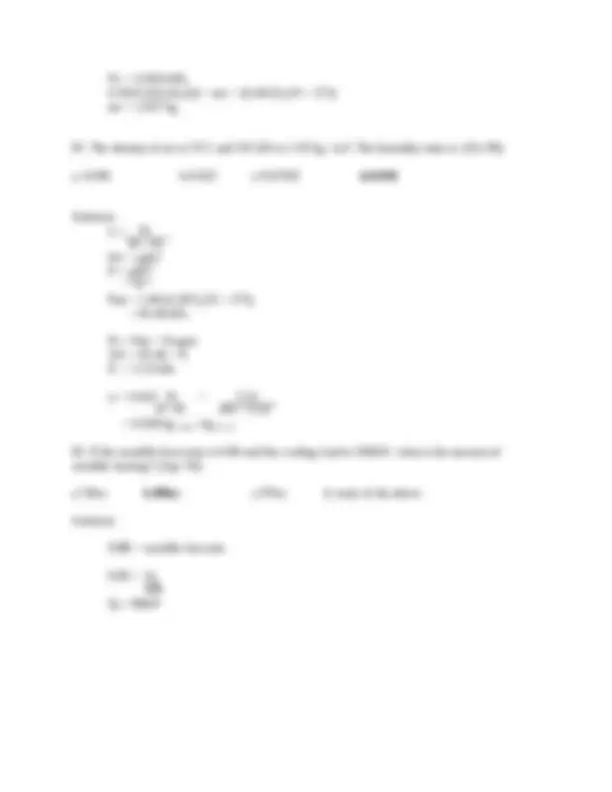
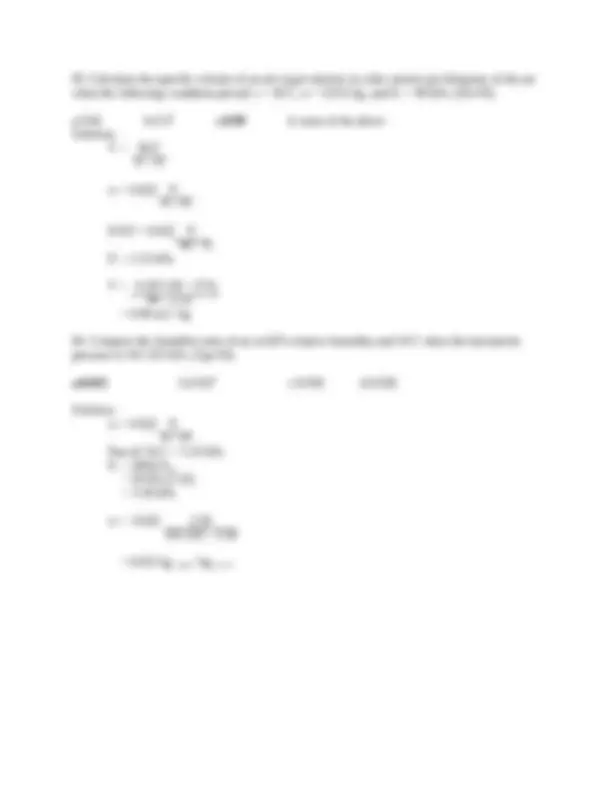
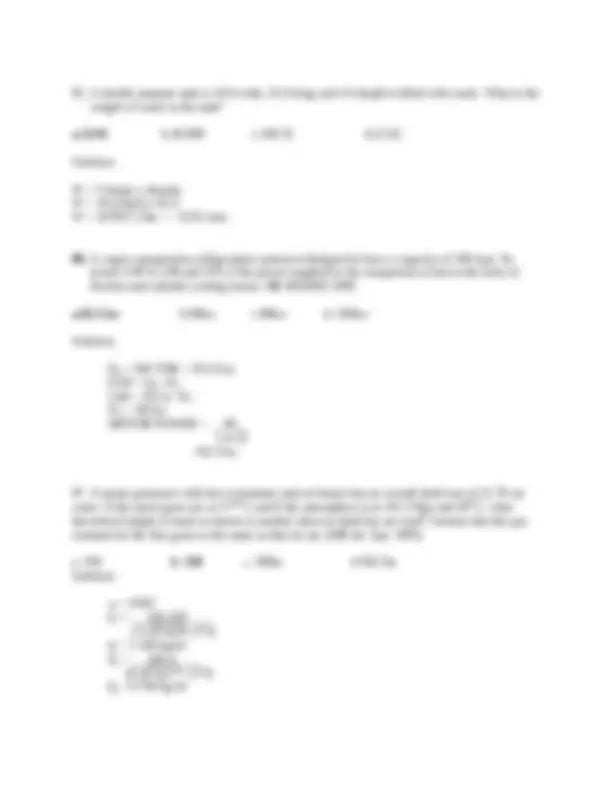
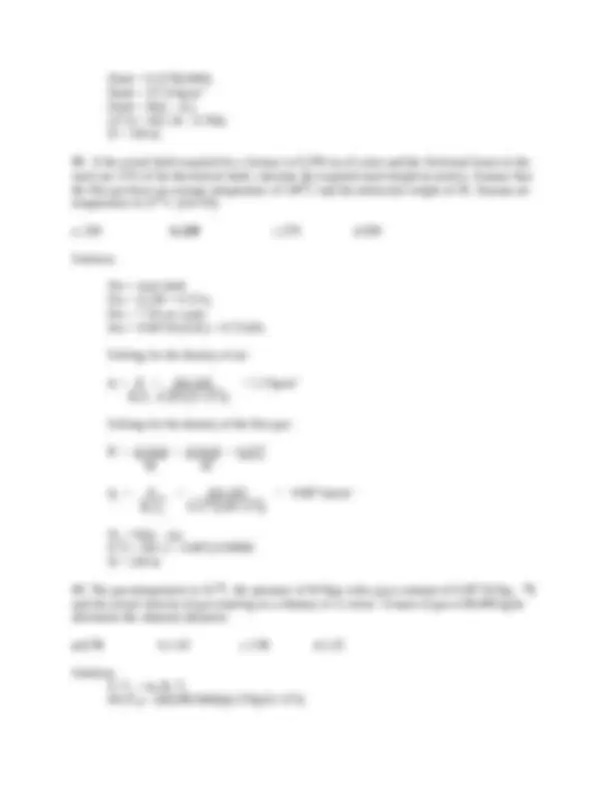

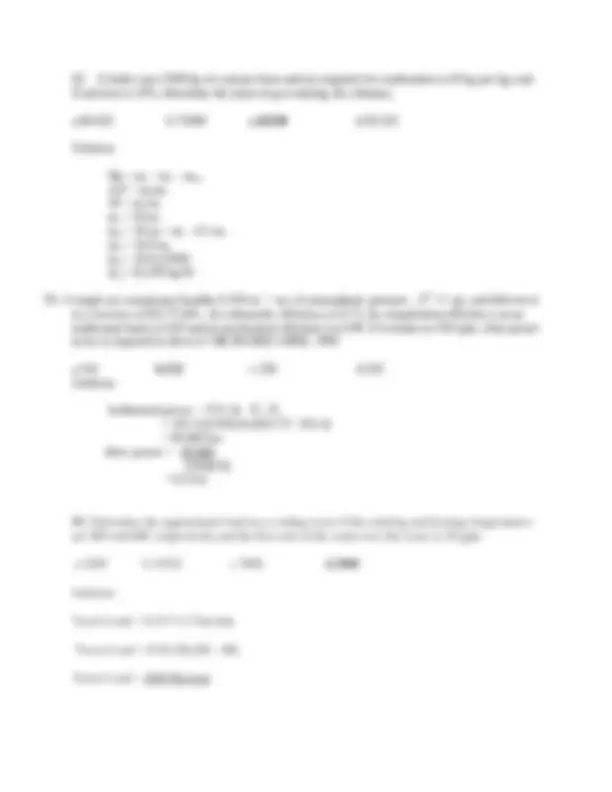
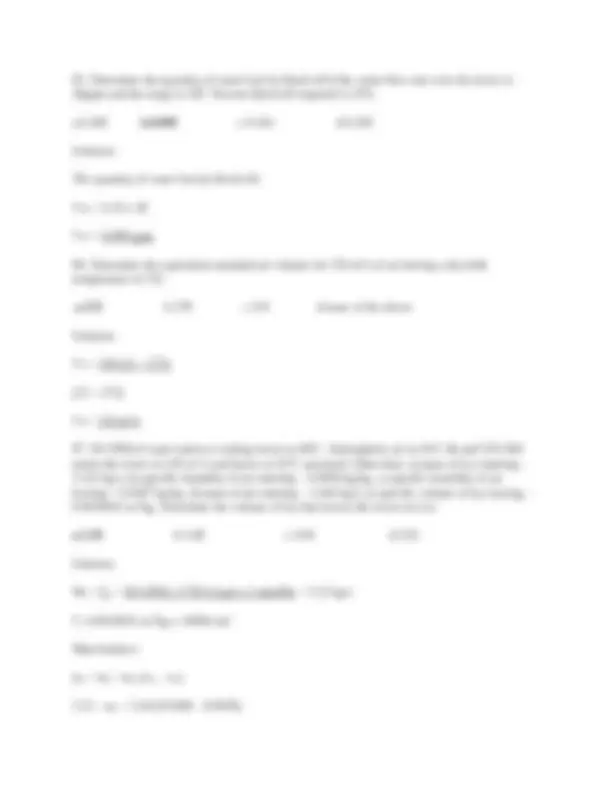
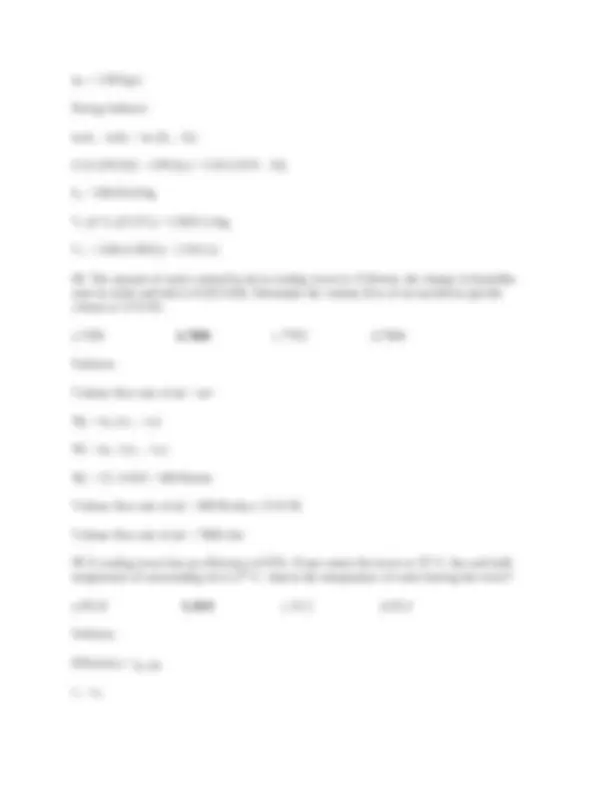
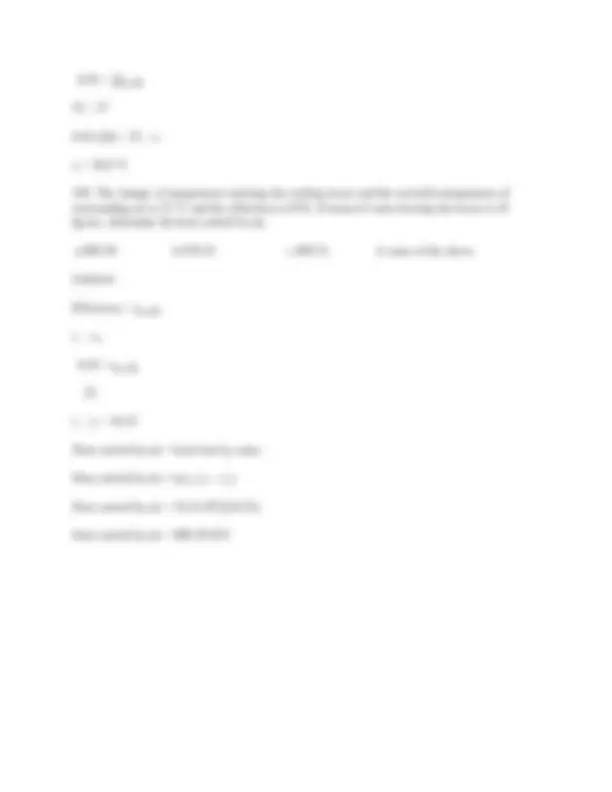
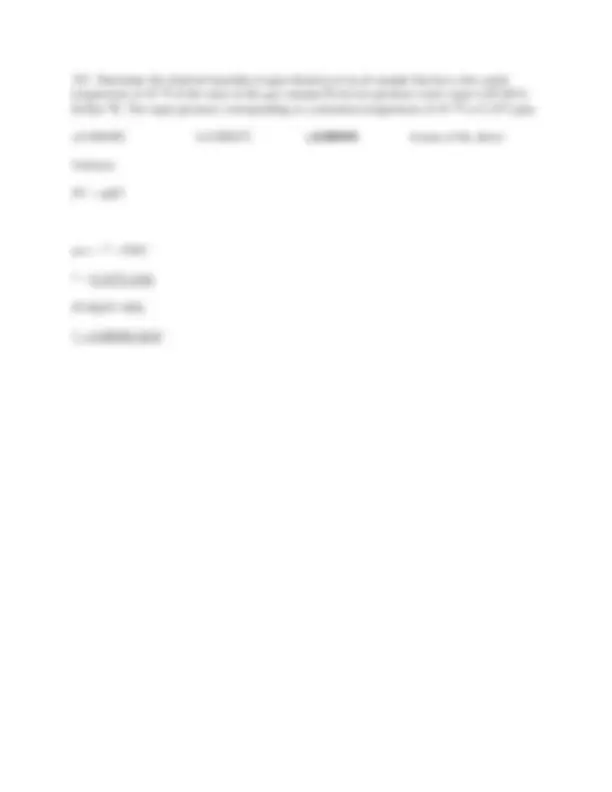


Study with the several resources on Docsity

Earn points by helping other students or get them with a premium plan


Prepare for your exams
Study with the several resources on Docsity

Earn points to download
Earn points by helping other students or get them with a premium plan
Community
Ask the community for help and clear up your study doubts
Discover the best universities in your country according to Docsity users
Free resources
Download our free guides on studying techniques, anxiety management strategies, and thesis advice from Docsity tutors
Includes sample problems on Industrial Engineering with solutions
Typology: Exercises
1 / 55

This page cannot be seen from the preview
Don't miss anything!
















































then; 138000 = 1145 – 45 (1/230)+(x/115)+(1/290) X= 20.115 mm
Q = 333.33 ft 3 / sec δd = 14.7 lb / in^2 ( 144 in^2 / ft 2 53.3 ft-lb / lb R ( 530 R ) = 0,075 lb / ft^3 HT = Vp + Sp V = Q /A = 333.33 Ft^3 /sec / ( 3 x 4 )ft = 27.78 ft / sec P = δ h δwhw = δaha ( 62.4 lb / ft^3 ) ( 3 in / 12 ) = 0.075 lb / ft^3 ha= 208 ft of air Vp = V^2 / 2g = ( 27.78 )^2 / ( 2 x 32.174 ) = 12 ft of air HT = Vp + Sp = 12 ft + 208 ft = 220 ft of air TAP = Q δa HT / 550 = 333.33 ft^3 / s ( 0.075 lb / ft^3 )( 220 ft of air) 550 TAP = 9.99 = 10 Hp
h= Cpt + WHg h= 1 Kj / kg K ( 34 C ) + ( 0.022) 2563.5 Kj /kg h= 90.4 KJ /Kg
Tmix =? wb mm Dbm = mr Dbr + mo Dbo (1) Dbm = (26 C) ( 2/3) + 35 ( 1/3) Dbm= 29 C mmWbm = mrWbr + moWbo (1)9Wbm) = (19 C ) ( 2/3 ) + 24 ( 1/3) Wbm= 20.7 C 29 C db; 20.7 Wb
Pabs = 1279.52 Kpa ( 1 Mpa / 1000 Kpa) Pabs = 1.279 MPaa